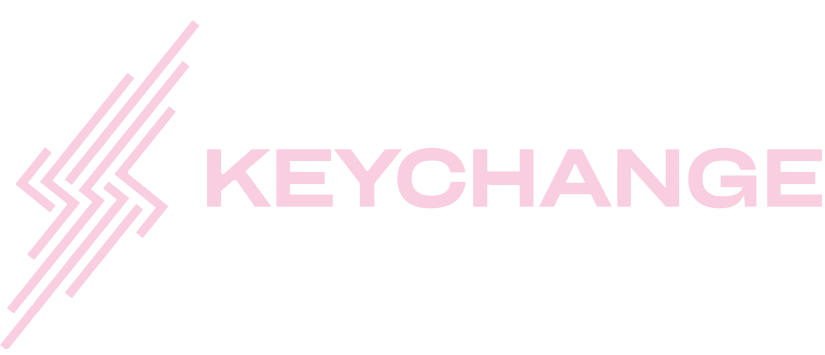The Struggles of Sudanese Women and Gender-Diverse Artists
In times of war, conflict, and genocide, art transcends mere expression, becoming a beacon of resistance, a tool for healing, and an essential means of preserving cultural identity. For women, Queer, and gender-diverse artists, however, these periods of crisis highlight the risks they face, threatening not just their livelihoods but their very survival. In Sudan, where political instability and economic hardship have deeply fractured creative communities, these challenges reach a critical point, leaving marginalized artists to navigate a perilous landscape of oppression and vulnerability.
Before the genocide engulfed Sudan on April 15, 2023, a thriving graffiti art scene symbolized the defiance of a people seeking justice, particularly during the revolution. Protesters used government buildings and institutions as canvases for their messages, while music and chants amplified demands for change. Yet, for those who were visibly active—particularly those whose videos went viral—there was always the constant risk of arrest and military retaliation, often leading to enforced disappearances or prolonged detentions. Women and gender-diverse artists in conflict zones endure a layered and compounded form of oppression. Systemic barriers, economic instability, and direct threats to personal safety create a suffocating environment where creativity and expression are constantly under siege. The destruction of cultural spaces, forced displacement, and severe limitations on access to financial and institutional support deepen these challenges, making it increasingly difficult for these artists to sustain their craft or continue advocating for change.
One of the most alarming cases that underscores the dangers facing women artists in Sudan is that of singer Aisha Al-Jabal. In 2020, she was subjected to violent gang harassment, an incident captured on video and widely shared. While some rallied in solidarity, others cruelly blamed Aisha for the attack, exemplifying the pervasive culture of victim-blaming in Sudanese society. This culture of systematic gender-based violence (GBV) is widespread, perpetuated by entrenched social norms and the absence of legal protections. Aisha's ordeal is a stark reminder of the misogyny embedded within societal attitudes that contribute to the silencing of women artists. For many, the violence is not only physical or sexual but also intersected by economic marginalization and regional discrimination, particularly for women from southern and western Sudanese backgrounds.
For Sudan’s LGBTQIA+ community, the risks are even more extreme. In July 2020, Sudan repealed the death penalty for same-sex sexual activity and corporal punishment. However, some sexual practices remain a criminal offense, with harsh penalties, including imprisonment and life sentences. Many LGBTQIA+ individuals are forced to live in hiding, disconnected from family or supportive communities, which increases their vulnerability—especially as they are forced to flee across borders. This isolation exacerbates the dangers they face, placing them at heightened risk in already treacherous environments.
Creating Safe Spaces for Musicians and Artists
As a Sudanese artist in exile, I have faced erasure and marginalization in many artistic and creative spaces. During a past internship, I was asked to translate a solidarity statement for Palestine into Arabic. Yet, when I asked why there was no similar statement for Sudan—despite the fact that the Sudanese genocide began long before October 7th—I was told, "We are not a journalism platform." This response reflected a deeper issue: how anti-Black racism normalizes the suffering of Black and African people, even in so-called progressive spaces. This illusion that non-Black people hold about Sudanese, Congolese, and Haitian people—as if they are engaging in an "oppression Olympics" or trying to divert attention from Gaza—boils down to nothing more than the verbally violent, universal racist vocabulary.
Local organizations and communities can only truly provide safe spaces if they move beyond performative allyship. Too often, Sudan is treated as an afterthought, a footnote in global discussions about crises. No amount of media coverage will create safety for Sudanese artists unless anti-Black racism is actively deconstructed at the core of these efforts. Safe spaces require intentional, anti-racist, and decolonial approaches, not token gestures.


